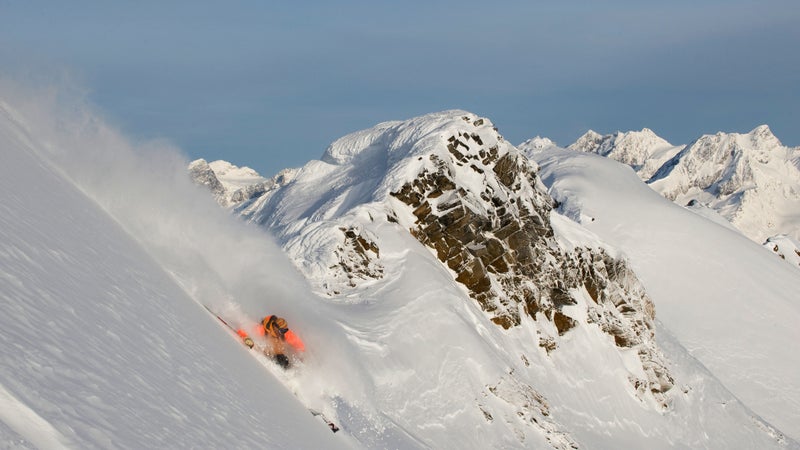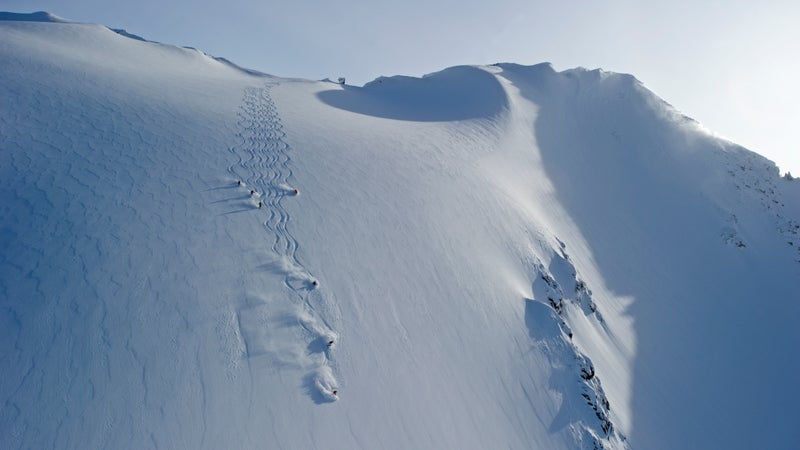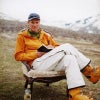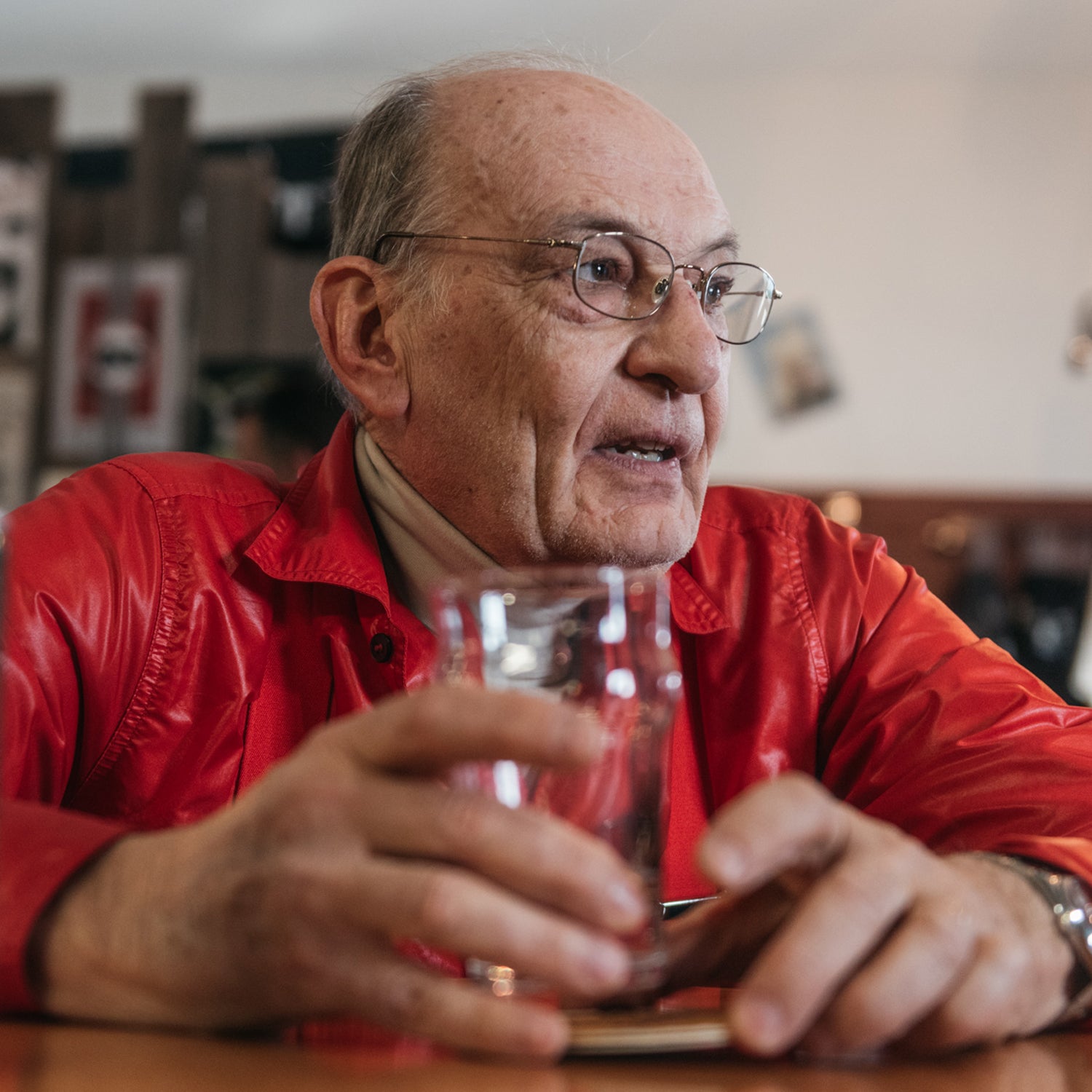The conference room at Oberto Oberti’s offices in the heart of downtown Vancouver is a CV of the Italian-born dreamer’s career. Architectural sketches of ski chalets that his development firm has designed across the world paper the walls. A thick binder labeled “” sits on a side table.
Though not well known to the public, the has played a major role over the past four decades in shaping how people live and play in western Canada. Oberti’s vision for these places is massive, and it has sometimes clashed with that of environmentalists—nowhere more fiercely than with his magnum opus, the , a ski resort with a gargantuan 14,000 acres of skiing intended for an undeveloped valley frequented most often by grizzly bears in the Purcell Mountains of southeast British Columbia. Oberti has embarked on a 27-year (and counting) quest to build the resort, a battle he’s waged against , gear companies (led by ), and at least one First Nations group.
As it currently stands, there’s no guarantee lifts will ever start turning at Jumbo. In 2015, the developer’s environmental certificate for the project, saying the project wasn’t “significantly started,” and that Jumbo would now need a new certificate. This is now being disputed, says Oberti, who insists the project is still alive. In addition, the Supreme Court of Canada is in coming months whether the project would despoil sites sacred to the Ktunaxa Nation, which possibly could spell the final end of the proposed resort.
Professionally, the setback hasn’t fazed Oberti, who aims to follow Jumbo with something even larger: , 330 miles northwest of Calgary, Alberta, in eastern British Columbia. In August, the provincial government gave its stamp of approval to a master plan for . If the province signs off on a final master development agreement soon, and if some other hurdles are cleared, the public could be skiing by the winter of 2018-19 at a resort with 4,199 vertical feet (more than Jackson Hole) and about 550 inches of snow per year (as much as Utah’s Snowbird). In 20 years, once the resort is complete, Valemount’s vert could increase to a whopping 7,087 feet—the most in North America. In time, say proponents, the resort’s skiable terrain could grow to be roughly 10,100 acres—2,000 acres larger than Whistler Blackcomb.
Oberti’s plan calls for lifts to rise from a site just above town, reaching high on Mount Pierre Elliott Trudeau. A base village eventually would have about 2,000 beds, counting 214 chalet-style homes. There will be summer skiing on a small glacier at first, eventually expanding onto larger and higher glaciers at elevations up to 10,200 feet. “The vertical is going to be colossal,” Oberti says. magazine sent a writer to ski some of the area by helicopter last winter and some of the future terrain as “all the gnarliest stuff at Alta, Jackson, and Revelstoke crammed into one area.”
Oberti was born in Lake Como, in northern Italy, but grew up in Turin, about 125 miles to the south. His father was a college professor. Oberti grew up as a skier, training at times with the Italian ski and demonstration teams. In 1964, he came to the United States as an exchange student. He visited Vancouver on a Greyhound bus and fell in love with the city’s watery ways. The following year, Canada—on the lookout for smart young émigrés—paid for Oberti’s plane ticket to return and study engineering. Once there, he realized his passion was architecture, so he dropped engineering to pursue it. “By vocation and profession and dream, I’m a designer,” Oberti emphasizes. “My heart is in the design.”
Today, his two companies— and the —do everything from designing high-rises, industrial plants, churches, and luxury homes to managing all aspects of resort development. But planning ski resorts and their bases has been a particular passion for Oberti. “Every time I was exposed to the mountains and projects in North America, I could see more and more the need of a better idea and of a different approach,” he wrote in an email to me.
He started with a not entirely successful experience at Whistler in the early 1970s. Since then, Oberti has designed chalets at and the Canada House for the . When a project fell through at Whistler in 1996, Oberti led Dutch construction giant Ballast Nedam, which was looking for a development, east to the Rocky Mountain Trench. Oberti thought it would be a great spot for a ski resort. He ended up designing , near Golden, British Columbia, which opened in December 2000.
“He is fundamentally a humble person but with a very strong inner drive and a true passion for his work,” wrote Oberti’s son Tomaso, who serves as vice president of both his father’s companies. “He is certainly a ‘big idea’ person or visionary who is not afraid to push the boundaries of convention…. He has a particularly strong passion for the mountains and mountain culture.”

Oberti’s long road to Valemount started in 1984. A developer (and skier) hired Oberti, challenging him to find the perfect location for a ski resort. He pored over maps and data and decided that the ideal area for ski resorts lay on the west side of the , from Cranbrook northward.
“[T]he interior of B.C. is unique in North America, and perhaps in the world,” Oberti wrote. “It has an undeveloped potential to create destinations that the public of the entire world will love. This has already been proven in part by the heli-ski companies.”
Of course, Oberti is also a businessman. His proposals go big, with draws that will appeal to a variety of customers: Huge vistas! Summer skiing on high glaciers! Trams for year-round sightseeing! “People are looking not only for novelty but also for the best,” he wrote me in an email. “In mountain projects, there is the opportunity to bring people to a new experience, something that they would have never seen and enjoyed if someone had not opened the scenery and the experience to them.”
Narrowing his focus led him to a couple key destinations, both of them beautiful, steep, and snowy. One was the Premier Range, a subgroup of the Cariboo Mountains in east-central British Columbia with peaks named for former Canadian leaders and reaching to 11,000 feet. The place, hung above a little mining town called Valemount, satisfied all of Oberti’s requirements. But Jumbo is also stunning and closer to population centers, so Oberti focused his attention there, and, well, you know the rest.
“It’s not like this is a hobby to him, or a business. It’s everything. It’s his passion. It’s his focus,” says Nick Waggoner, maker of the documentary . Waggoner spent weeks with Oberti during the making of the film. “He’s always striving, always pushing, always trying to achieve these dreams…. He’s a very romantic figure.” Opponents, particularly environmentalists, who try to paint Oberti as “evil” get him wrong, says Waggoner. “He’s a very logical man, a very intelligent man. He very much appreciates a debate.” Yet that same passion seemed to blind Oberti to the intense opposition to the Jumbo project in the area, the history of which included a century’s distrust of authority, says Waggoner. Oberti seemed unable to see beyond his own worldview, he says.
For his part, Oberti doesn’t regret the decades spent on Jumbo. “I still believe I’m doing good things,” he says.

Valemount has gone much differently—and much faster—than Jumbo. It helped that its residents made the first overture. In 2011—21 years into the Jumbo battle—Oberti got a phone call from the little logging town. Its economy was hurting and in dire need of a new cash flow. “Would Oberti have any interest in building a ski resort up here?” asked the then-mayor, town council, and others.
“I would say that at least 90 percent are very, very favorable toward the project,” says Jeannette Townsend, mayor of the . “There’s always a few that don’t want to see any change. But I always say that if there’s no growth, then it dies.” (Surprisingly, I could find no record, in newspapers or through interviews, of anyone reporting any environmental concerns with the project.)
That’s not to say there is unanimous support. “Will the charm that brought you and your family to Valemount still be present with the introduction of a ski hill?” asked resident Rebecca Lerch in the local newspaper, the . “Proponents for projects tend to exaggerate the positive impacts of their intended developments while failing to acknowledge the irreversible results.”
There are other questions. Almost no one is building new ski resorts anymore. At a time when climate change and aging baby boomers are shaking the foundation beneath ski industry, does British Columbia need another ski resort?
Last year, the . That’s down from the pre–Great Recession number of 6.4 million in the winter of 2007-08. But it has been climbing back to that level, says Christopher Nicolson, president and CEO of the . “There’s a lot of optimism in the industry right now,” said Nicolson. But whether another ski resort increases the number of skiers or simply cannibalizes from other ski areas remains an open question. The region doesn’t lack for options already: Nicolson’s group represents more than 130 ski areas. “Does it grow the pie or not? That’s the evaluation that government will have to make,” he says.
With Valemount, Oberti envisions a year-round attraction where people come to ride the gondolas, walk high in the mountains, and take in the views. He waves off the notion that the resort might be too remote to succeed. Come summer, Valemount is on the driving circuit of people visiting Banff and Jasper National Parks. Summer sightseers will surpass winter skiers, Oberti predicts.
“A true destination,” says Canada’s winter-resort guru, “is not a place that is within commuter distance.”


